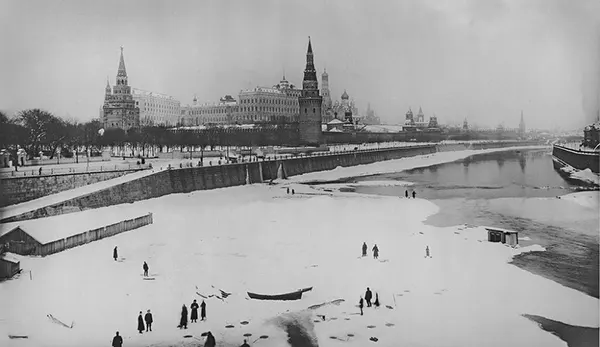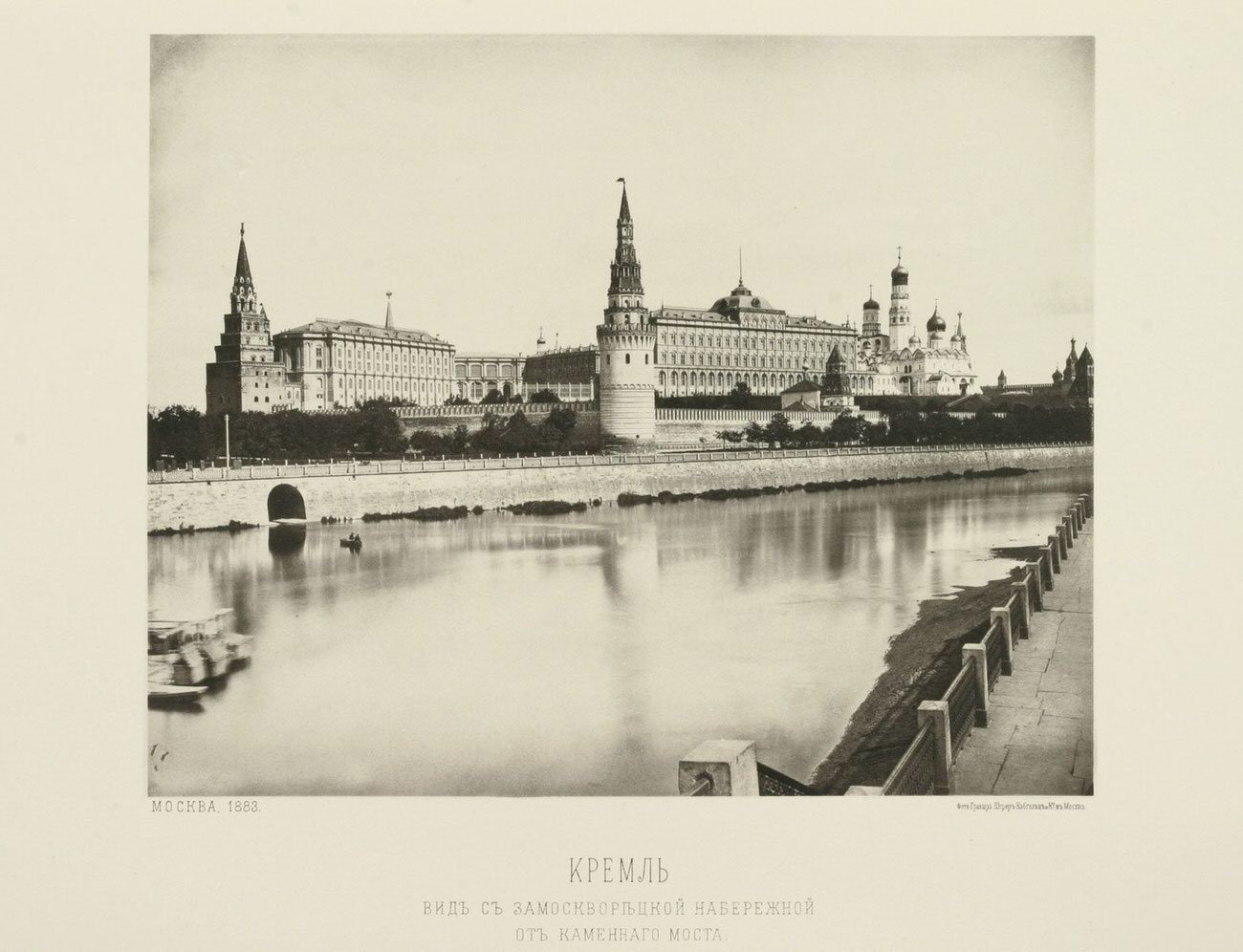Moscow in the late 19th century was a city in transition. It was a place where old traditions met new ideas, and where the rich lived very differently from the poor. As the capital of Russia until 1712, Moscow had long been the heart of the country’s political and cultural life. By the late 1800s, it was becoming an industrial hub, but it still held onto its deep-rooted history and traditions.
The Layout of the City
Moscow in the late 19th century was a sprawling city, but it looked quite different from the modern metropolis we see today. The Kremlin, the iconic fortress in the center of the city, was still the heart of Moscow. It served as a symbol of both political power and historical grandeur. Nearby, the city’s many churches, cathedrals, and monasteries reminded residents and visitors of Moscow’s deep connection to the Russian Orthodox Church.
The streets were a mix of wide boulevards and narrow, winding lanes. Horse-drawn carriages were the main form of transportation for the wealthy, while poorer people often walked or used public sleds in the winter. Gas lamps lit the streets at night, giving the city a warm, golden glow.
Read more
A City of Contrasts
Moscow was a city of stark contrasts. The wealthy lived in large, luxurious homes with ornate furniture, fine art, and well-manicured gardens. These families enjoyed attending the ballet, the opera, and other cultural events. They dressed in the latest European fashions, and their children were educated by private tutors or in elite schools.
However, just a short distance away, the majority of Muscovites lived in crowded, run-down neighborhoods. Poor families often lived in small wooden houses or cramped apartment buildings. These homes lacked basic amenities like running water and indoor toilets. Many of the city’s poor worked in factories, where conditions were harsh, and the pay was low. Children from poor families often had to work from a young age, contributing to the household income instead of going to school.
The Rise of Industry
By the late 19th century, Moscow was becoming an important industrial center. Factories and mills sprang up around the city, attracting workers from rural areas. Textile production was one of the city’s major industries, and Moscow became known for its thriving textile mills. Other important industries included metalworking, machinery, and chemical production.
The growth of industry brought both opportunities and challenges. On one hand, it created jobs and helped the city’s economy grow. On the other hand, it also led to overcrowded housing, poor working conditions, and pollution. Workers often labored for long hours in dangerous environments, with little protection or job security.
Daily Life and Culture
Daily life in Moscow varied greatly depending on one’s social class. For the wealthy, life was comfortable and filled with leisure activities. They could afford to attend theaters, dine in fine restaurants, and travel abroad. The city’s cultural scene was vibrant, with world-class ballet and opera performances. The Bolshoi Theatre, which still stands today, was a major center for the arts, attracting some of the best performers in the world.
For the working class, life was much harder. Most people worked six days a week and had little time for leisure. When they did have free time, they often gathered in local taverns or attended religious festivals. The Russian Orthodox Church played a significant role in daily life, and many Muscovites attended mass regularly.
Traditional Russian foods were a staple of daily life for both rich and poor. Wealthy families enjoyed elaborate meals with dishes like beef stroganoff, while poorer families ate simpler fare such as bread, porridge, and cabbage soup. Tea was a popular drink across all social classes, and no meal was complete without it.
Religion and Tradition
The Russian Orthodox Church had a strong presence in Moscow during the late 19th century. Churches and cathedrals were not only places of worship but also centers of community life. The ringing of church bells marked the hours of the day, and religious festivals were celebrated with great enthusiasm.
One of the most important religious events in Moscow was Easter. People attended midnight mass, carrying candles and wearing their best clothes. Afterward, families would gather for a festive meal that included traditional foods like *paska* (a type of Easter bread) and painted eggs.


































